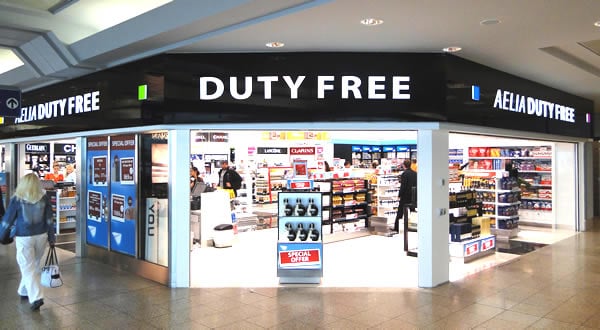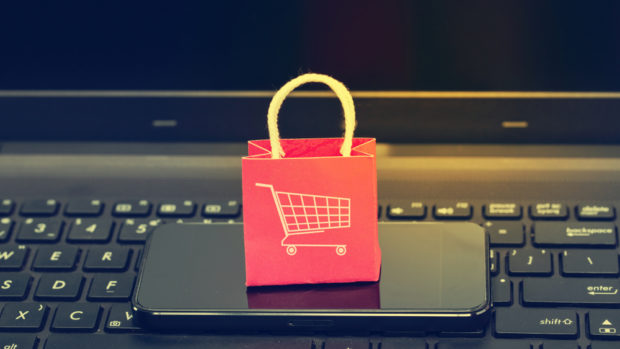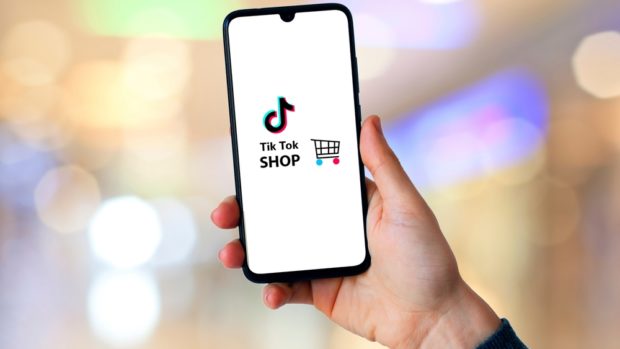
Subscriptions have been consistently growing in popularity for years within a variety of industries, such as digital entertainment and eCommerce, writes Paulette Rowe, CEO of integrated & eCommerce solutions at Paysafe.
Feeding into this trend, consumer and business-facing infrastructure is growing increasingly connected in an “Internet of Things”. The Economist reports that a trillion internet-connected devices may be online by 2035, and many will have in-built subscription-based services such as fridges that automatically order food when stocks are low.
At the same time consumers are increasingly preferring eCommerce and mCommerce more generally. On the other hand, high street stores have been experiencing a decline in footfall over the same period, and so are having to look at new strategies to stay relevant and get consumers back through their doors. Covid-19 has accelerated these trends. We recently surveyed over 1,450 small and medium-sized businesses and 93 per cent of in-store businesses that saw a decline in business due to the pandemic told us they are yet to fully recover their level of sales; in a previous survey 38 per cent of consumers told us that they plan to shop online more even when Covid-19 is no longer a factor in their lives.
Difficulties for stores
Data from our latest research report Lost in Transaction: How Covid-19 has reshaped the SMB checkout shows that getting customers in and out of stores and checkouts as quickly as possible is a priority for businesses. 46 per cent of stores say they have lost business recently because of slow checkout times, and 57 per cent of businesses say reducing the amount of time customers spend at the checkout is their most important concern.
As consumers have increased their online shopping habits, launching an online presence has also become a priority for in-store businesses. 58 per cent of physical businesses say that Covid-19 has forced them to refocus their business towards online sales. 23% of in-store businesses have launched an online checkout since the start of Covid-19 and overall, 60 per cent agreed that Covid-19 has resulted in digital transformation being critical to the future of their business.
The appeal for consumers
Data from our consumer research report Lost in Transaction: How Covid-19 is impact consumer payment trends’, which was based on the opinions of 8,000 consumers in April last year highlights convenience as the main reason why consumers are turning to subscriptions; 53 per cent of respondents find them more convenient than what they normally use. Consumers have also become more familiar with the subscription payment model during the pandemic via entertainment subscriptions such as Netflix and meal prep box services like Hello Fresh.
Overall, 27 per cent of consumers told us that they plan to increase the number of subscriptions they have in the next 12 months. And this trend is even more pronounced with younger demographics; consumers aged 18-34 already average 2.35 subscriptions (compared to an overall average of 1.78.) and 37 per cent plan to increase their number of subscriptions in the next 12 months.
How can stores adapt?
So, with the priority of getting customers out of stores as quickly as possible, how will stores make sales? Focusing on online sales is one strategy stores are implementing; moving customers through the store, and the checkout, is another.
The subscription model solves the issue of keeping customers serviced and satisfied and removes the checkout bottleneck stores are currently experiencing. The subscription payment model is also growing in popularity, and it is clearly something that businesses have explored and actioned with 18 per cent of businesses having already launched a subscription service where goods are regularly delivered during Covid-19.
An example which demonstrates that in-store subscriptions are becoming more of the norm on the high street is Pret A Manger, which recently launched the UK’s first coffee subscription service.
What will the future look like?
The growth of subscription payments is set to be an ever-present trend in the future of commerce, and businesses need to react to this shift in consumer preferences.
So retailers should approach the subscription model with the same attitude and rigour as they would any alternative payment type, first by understanding the benefits diversified checkout options would mean for them and then seeking a payments partner with expertise in maximising those benefits.
One important step to highlight in this process is to minimise the number of failed recurring transactions that occur once a subscription has been created. Paysafe partners with subscriptions management provider Vindicia, which specialises in this area, to recover more than 35 per cent of failed transactions. Failed transactions may occur for a number of reasons such as the recurring transaction causing the consumer to exceed a credit limit.
The reasons for consumers being turned off from subscriptions must also be addressed. The largest concern is subscriptions being too difficult to cancel, with 45 per cent agreeing that they find themselves being tied into frustrating long-term financial commitments.
However, these concerns will not dampen the future of subscriptions in the main. High street stores that integrate this new payment method will hold a significant advantage over their competitors.








Share